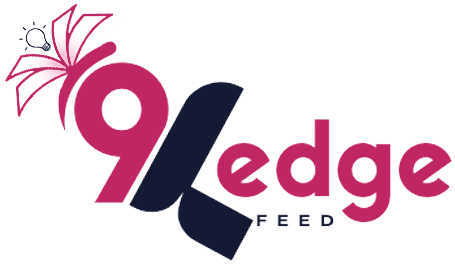Have you ever thought about whether your favorite fashion or Clothing Production companies have something to hide?
Spoiler alert: Oh you bet they are!
Think of Sherlock Holmes replacing his microscope lens with a stylish pair of jeans and he would be on the lookout for three missing production figures. Yes, the fashion business is really at a game of hide and seek as far as the number of clothes they produce annually. So let me ask this, why all the drama or rather the cloak and dagger business? Buckle up, fashion sleuths! Time to throw light on those secret strings of production numbers that go with your clothes, finding out what those really mean and how you, the smart consumer, can benefit from it.
Are you prepared to demystify this trend of the season? Let’s go!
The Significance of Production Numbers
Definition and Importance: Well, if those are not production numbers, then what planet are we on here exactly? Best think of them as the X marks the spot for the fashion industry’s buried treasures. These numbers explain how many clothes a brand produces and using those numbers, it is possible to determine its size and the measures of its influence on the environment. Just like insider information of the kind of demand and effectiveness of the production line; it is possible to know how many cloth incontinence products are produced.
Consumer Insights: Guess what? You are a clothing product tester (it looks and sounds much better than being simply a sweater model, doesn’t it?). By such production numbers, you can determine whether or not to continue ordering specific clothes production from a brand that is alpine in mass production in China or buy from a domestic seller. Basically, it is like having a secret signal in your decision to shop, especially if you are a conscious consumer regarding the environment and workers’ rights.
Environmental and Ethical Context: These hidden numbers are like the secret digestion factors long kept secret in grandma’s fruit cake recipe. They assist in determining a brand’s impact on the environment. That implies that larger production comes with the use of more resources and therefore increased production of waste. These are some of the numbers, which are important to understand to determine the level of a brand’s sustainable impact.
Reasons Behind the Secrecy


Market Competition: Brands fear that revealing production numbers could give competitors an edge. Imagine you’re at a poker table, and showing your hand could make you lose big. If a brand produces a high volume of clothing product development, competitors might adjust their strategies to swoop in on market demand.
Pricing and Profit Margins: There’s a delicate balance between production costs, pricing, and profit margins. Transparency might reveal uncomfortable truths about how much brands mark up their products. It’s like finding out the secret ingredient in your favorite dish is just overpriced salt.
Supply Chain Complexity: The fashion supply chain is a labyrinth, often involving multiple countries and numerous steps. Especially in clothing production in China, with its vast manufacturing capabilities. Keeping these complexities hidden helps brands maintain control over their processes like a magician never revealing their tricks.
Risk of Criticism: Transparency can lead to scrutiny. If consumers knew the exact numbers, they might criticize brands for overproduction or unsustainable practices. It’s like airing dirty laundry, and no brand wants that.
Impact of Concealment
Consumer Trust: Secrecy can erode trust. When brands aren’t transparent, consumers may suspect unethical practices or poor labor conditions. Transparency fosters trust and loyalty, like a best friend who always tells you when you have spinach in your teeth.
Labor Concerns: Without production data, it’s hard to assess the working conditions of those who make our clothes. Are workers treated fairly? Are they paid a living wage? Secrecy can hide exploitation, turning a blind eye to sweatshop conditions.
Environmental Footprint: Lack of data makes it challenging to evaluate a brand’s environmental impact. Are they using sustainable practices? How much waste do they generate? These questions remain unanswered without transparency, like a mystery novel with the last chapter missing.
Movement Towards Transparency
Advocacy and Initiatives: Organizations and movements are pushing for greater transparency in the fashion industry. Initiatives like the Fashion Revolution campaign encourage brands to disclose their production practices, waving the flag for truth like a modern-day Joan of Arc.
Brand Case Studies: Some brands are leading the way in transparency. For instance, while Patagonia labels its T-shirts as unisex retrofits made of 100% organic cotton, Everlane discusses all the shades of its t-shirts and informs its customers of where these items were made, to what extent they harm the environment, etc. It’s like peeking behind the curtain in The Wizard of Oz and finding that honesty pays off.
Consumer Influence: Consumers hold significant power. Because yes, by asking for transparency and going for only transparent brands, you are forcing the change. Imagine you are a young knight in the modern fantastic kingdom, earning for the purity and justice in the sphere of fashion.
Conclusion
All in all, it is hard to follow the discounted numbers of clothing production due to competition strategies, the appliance of the price, the supply chain, and the fear of criticism. However, this secrecy is negative as it affects consumer trust, labor conditions, and the assessment of environmental conditions. You can participate in the enhancement of transparency and select only the brands that encourage this idea in the fashion industry.
Transparency should be our guiding star and we need to be informed about what clothes we actually wear.
Are you Still with me? GOOD



